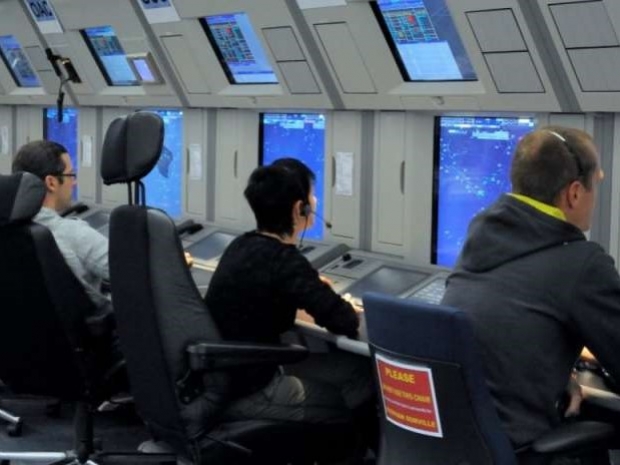Eurocontrol earlier said that delays could affect up to half of all flights in Europe - about 15,000 trips. It said the faulty system was restarted at 19:00 GMT and normal operations had resumed.
To be fair, Tuesday's fault was only the second failure in 20 years, Eurocontrol said - the last happened in 2001. The unspecified problem was with the Enhanced Tactical Flow Management System, which helps to manage air traffic by comparing demand and capacity of different air traffic control sectors. It manages up to 36,000 flights a day.
Some 29,500 were scheduled on Tuesday when the fault occurred. When the system failed, Eurocontrol's contingency plan for a failure in the system deliberately reduced the capacity of the entire European network by 10 percent. It also added what it calls "predetermined departure intervals" at major airports.
However, according to software analyst outfit CAST, airlines must address fundamental code issues at a structural level to protect their IT systems against glitches. Too often such systems are patchwork quilts of code fragments. These are fine if checked at a structural level, but it all adds to IT costs.
Bill Curtis, SVP & Chief Scientist at CAST, who has provided insight into airline failures for the Wall Street Journal and Financial Times in the past said: “Airline computers juggle multiple systems that must interact to control gate, reservations, ticketing and frequent fliers. Each of those applications may have been written separately by different companies. Hence we see these issues with faulty IT systems. Even if an airline has backup systems, the software running those likely has the same coding flaw. Tracking down a software flaw can be very difficult even to the trained human eye. It’s like investigating crime; there is a lot of data they’ve got to sift through to figure out what happened.”

